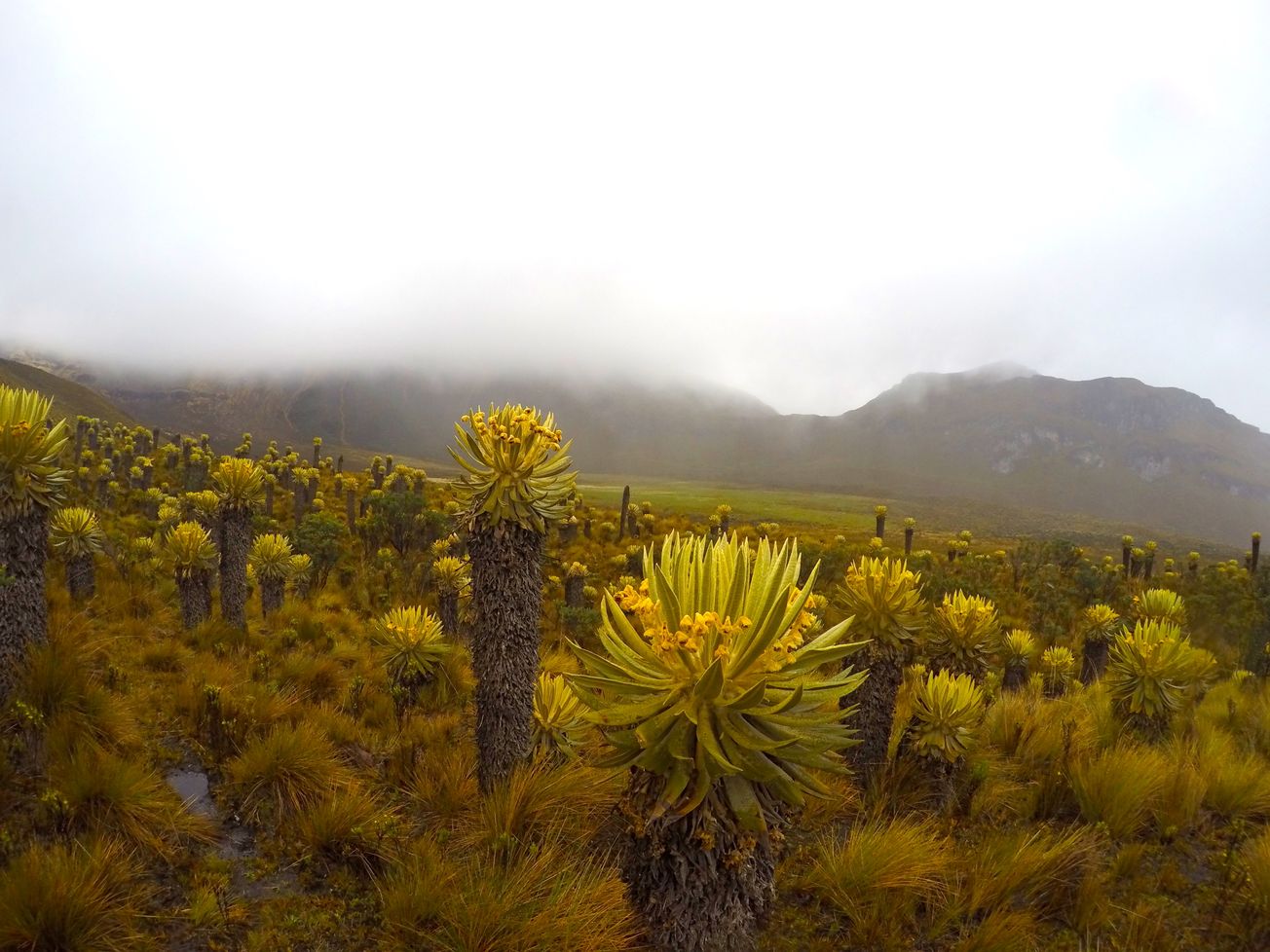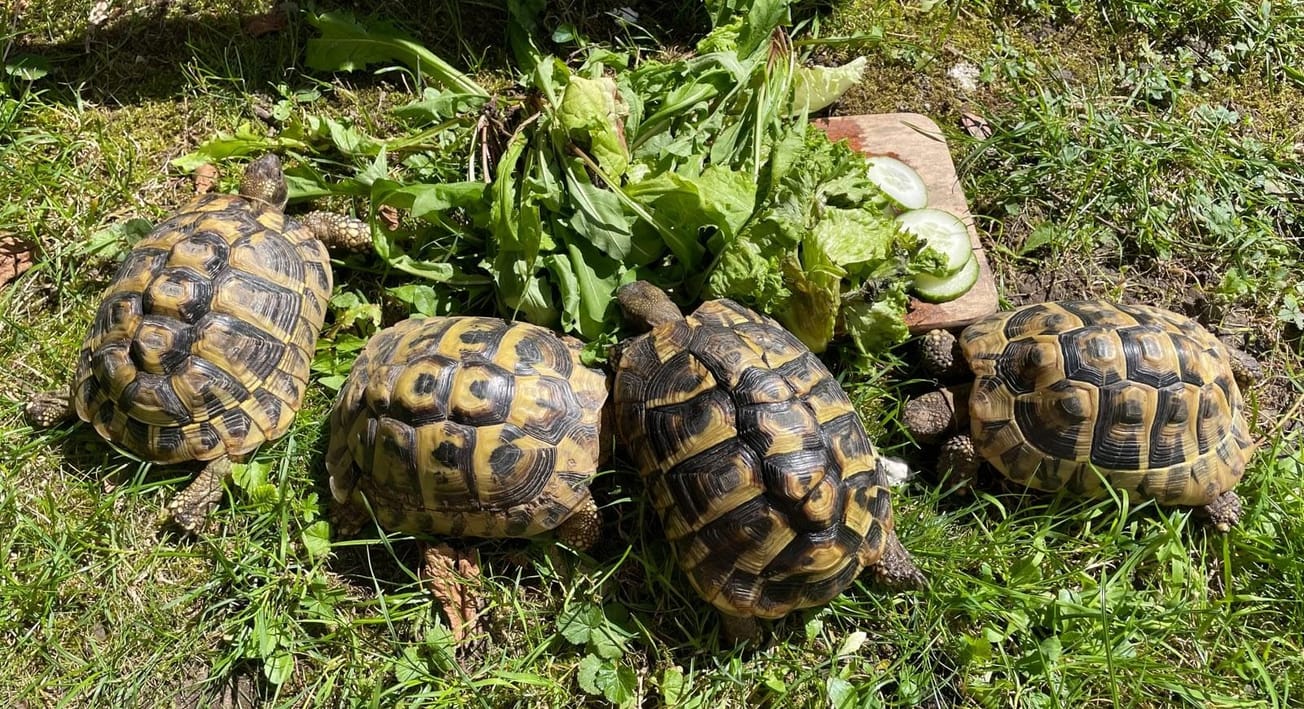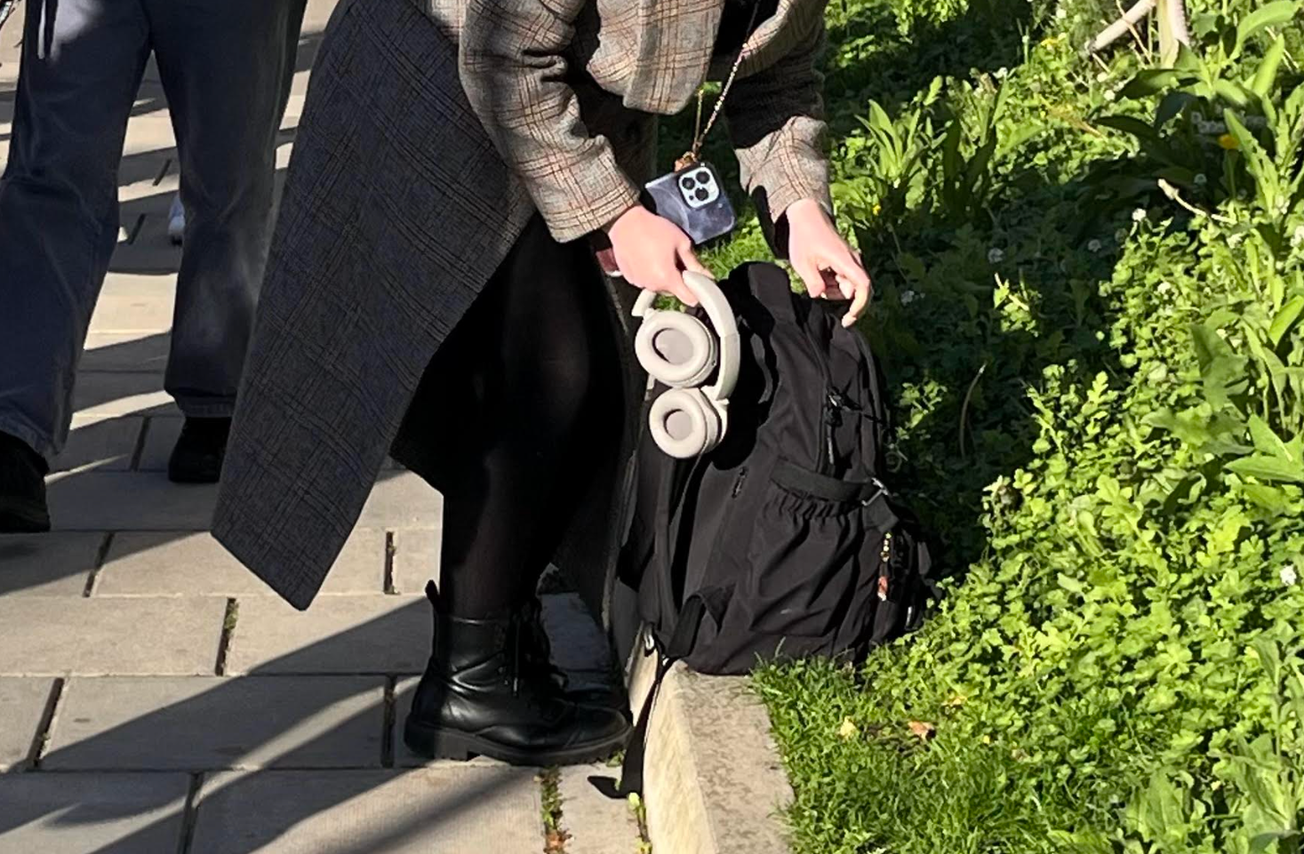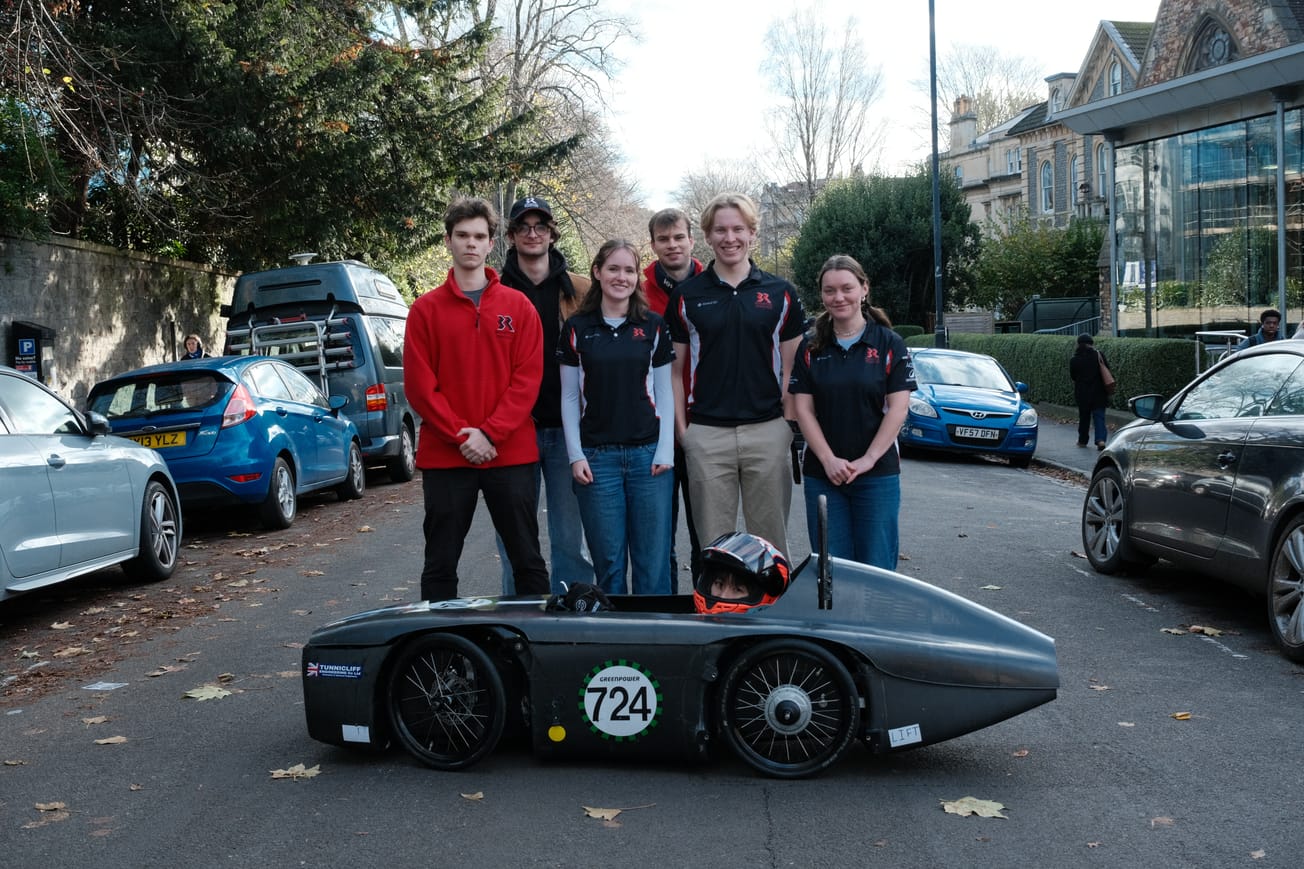By Jenna Ram, Atmospheric Chemistry PhD
BioResilience (or BioResiliencia) is a joint project examining rainforest ecosystems in Colombia, led by the University of Bristol and the University of Exeter.
Colombia, the second most biodiverse country after Brazil, is home to the part of the Andes mountain range. This region is the most species-rich area of Colombia, with many ecosystems there being under new threats due to the COVID-19 pandemic.
A team of University of Bristol and University of Exeter researchers have been conducting environmental and sociocultural fieldwork in areas along the central-eastern Andes mountain range, a vulnerable ecological area with hotspots of high biodiversity with a high degree of native species unique to the area.
Wildlife in these hotspots are copious and include incredibly rare species found nowhere else. Rare fauna includes: the shy but beautiful Spectacled Bear and the boldly-coloured cinnamon flycatcher. One sixth of the world’s plant life resides there; native species of fauna include Trailing Abutilons, Cootamundra Wattles and Acalyphas.
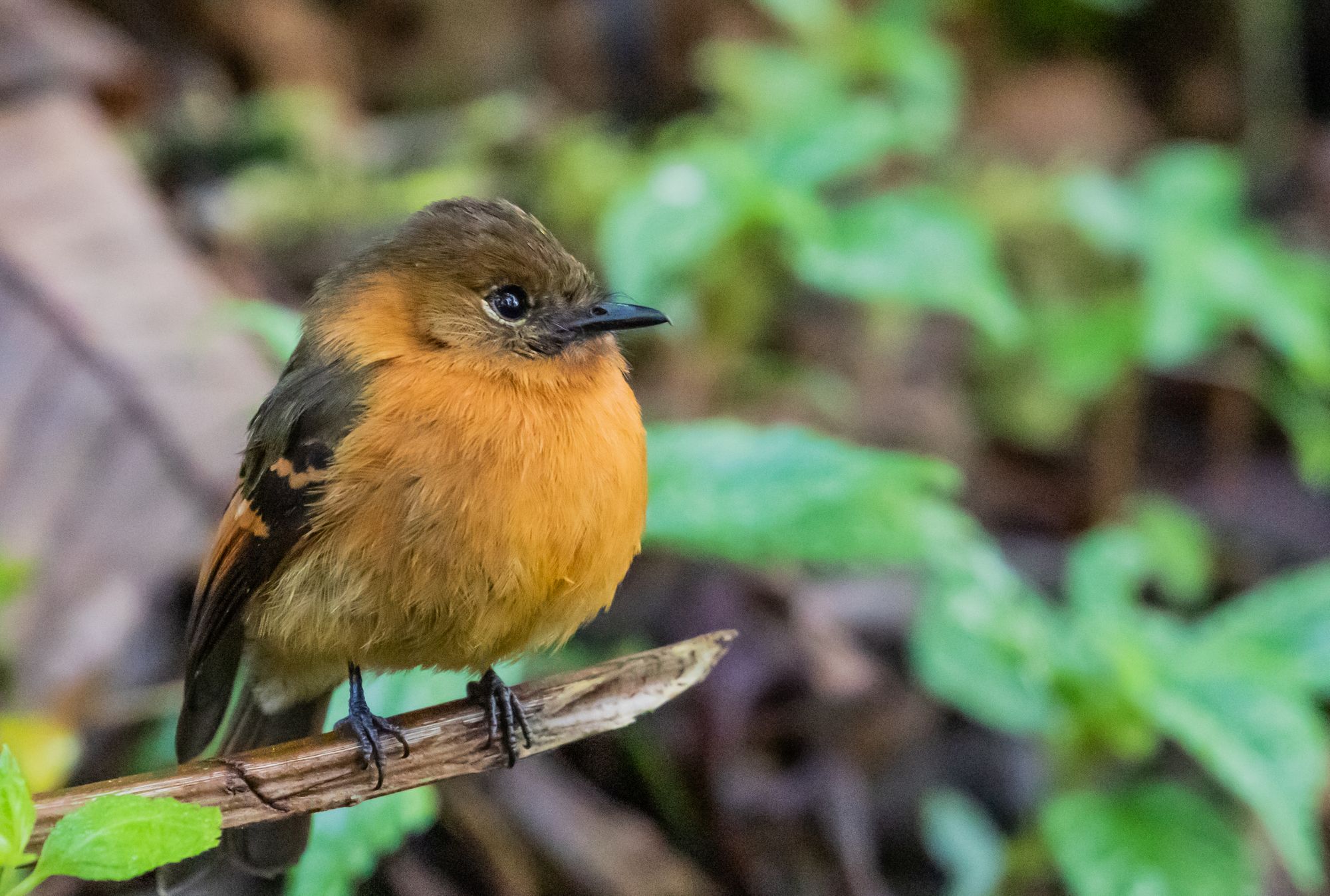
BioResilience (or BioResiliencia), the joint project let by the two Universities, examines rainforest ecosystems in Colombia. It evaluates future implications of forest degradation by both natural and man-made processes, including fires, carbon storage and climate change.
Forest degradation has strong socio-cultural and ecological effects in Columbia. For this reason BioResilience aims to integrate their research into management plans and policy.
Dr Dunia Urrego, who is Colombian and now based at the University of Exeter, has found that when comparing research sites of different altitudes and environments along the Andes, lowland communities are most vulnerable. However, ‘these lowland communities are essentially the gatekeepers of some of the most diverse ecosystems in the world,’ she says. La Serranía de Las Quinchas is a lowland area where biodiversity hotspots and livelihoods have been affected by the pandemic, in more ways than one.
COVID-19 has exacerbated conditions for inhabitants, who live in isolated villages with very little access to health care, food and contact with the government
The Serranía de Las Quinchas forests are mainly inhabited by landless people, who moved to the region over recent decades to escape violence elsewhere. COVID-19 has exacerbated conditions for inhabitants, who live in isolated villages with very little access to health care, food and external contact to the police or government offices.
As strict lockdown restrictions are in place, the communities are growing hungrier and more desperate. The researchers think it is likely people could expose themselves to the virus in the search for an alternative livelihood, or perhaps join illegal activities.
Living conditions in Las Quinchas are made harder by the Colombian government’s militarised eradication strategy of coca, the plant from which cocaine is isolated. Eradication has been enforced by the Colombian army in the midst of the pandemic, and they are using tactics of violence, harassment and persecution against already vulnerable people. An additional presence in the area are drug traffickers, who are also violent towards the villagers.

Methods enforced by the army involve burning the coca crops, which often burns parts of the surrounding forest. This directly puts the rich ecosystems at risk, along with the established communities living there.
Estefany Grajales, an environmental activist in Las Quinchas, says: ‘Coca eradication taking place under these circumstances is opportunistic, as it takes advantage of the fact that the peasants do not have food and medicines and they cannot protest without exposing themselves to the virus’.
One should take a moment to consider how deeply connected the coronavirus is to the biodiversity crisis: it is a zoonotic virus – transmitted from animal to human – and is a consequence of unsustainable socio-environmental relations like deforestation.
One should take a moment to consider how deeply connected the coronavirus is to the biodiversity crisis: it is a zoonotic virus, transmitted from animal to human
Along with habitat loss, altered environments cause wildlife to move to new places where they can interact with new species, which increases the risk of new diseases emerging. The COVID-19 crisis should be centering our attention on increasing environmental standards and endorsing harmonious socio-environmental governance, to help prevent future pandemics and further instability.
There is some good news: the researchers have set up a crowdfunder to raise money for the inhabitants of La Serranía de Las Quinchas, which you can donate to here. The donations will be put towards providing families in the villages with basic food, facemasks and antibacterial gel.
This goes to show how important this kind of research is, especially during these difficult times, where an understanding of the situation, along with fieldwork data, is successfully used to plan for what is needed most by such communities.
Featured: David Larson / Santiago Ron
What do you think of the BioResilience project?

